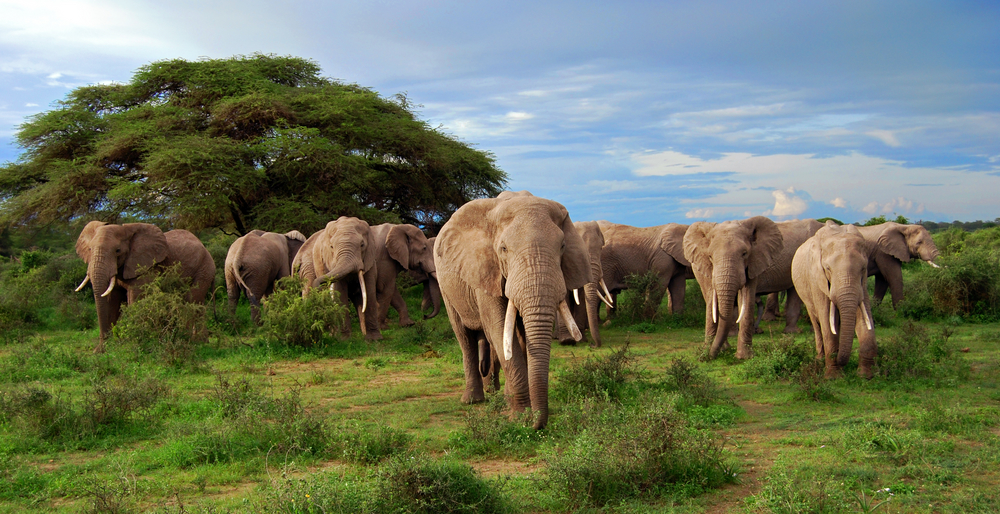Dr Karl explains the ‘Wobbling Scale’ of animal drunkenness

Dr Karl Kruszelnicki
Dr Karl Kruszelnicki

Alcohol is where the small rodent known as the hamster – originally from Asia and Europe and now popular worldwide as a pet – comes into its own.
It’s incredibly difficult to get this little creature drunk.
Depending on the species, hamsters are 5–35cm long. If you scale up their alcohol consumption to human levels, the average hamster can drink 1.5L of pure alcohol with virtually no effect.
Let me explain “no effect”.
Scientists measure animal drunkenness on the Wobbling Scale. This ranges from zero, which means “no visible wobbling”, to 4, which stands for “animal falls onto side and does not right itself”.
No matter how much alcohol a hamster drinks, it never gets above 0.5 on the Wobbling Scale.
Hamsters love alcohol and it seems calories are the main attraction. At 7 calories per gram, alcohol is almost as loaded with calories as fat, which carries 9 calories in each gram. In fact, hamsters can be weaned off alcohol and into sobriety by hot chocolate – very rich in calories and delicious.

Animals vary enormously in how well they can handle alcohol. Bonobo chimpanzees and bats are pretty good at it. But the mighty elephant gets drunk very quickly with very small doses, and the same goes for cows and horses.
Hamsters are the champs. Yet if you inject just a small amount of alcohol directly into their blood they quickly start wobbling and fall over.
The reason for this is that hamsters have lots of alcohol dehydrogenase in their liver. If they drink alcohol it passes through the gut into the liver where it’s very efficiently broken down.
But when you inject alcohol directly into the blood, it bypasses the liver and goes straight to the brain, causing wobbling drunk hamsters.
Hamsters have different types of alcohol dehydrogenase in their livers, elephants have hardly any, and we humans are in-between. We have about half-a-dozen types.
Identifying all this began with experiments back in the 1950s.
But what was it that made anybody wonder about hamsters and alcohol?





